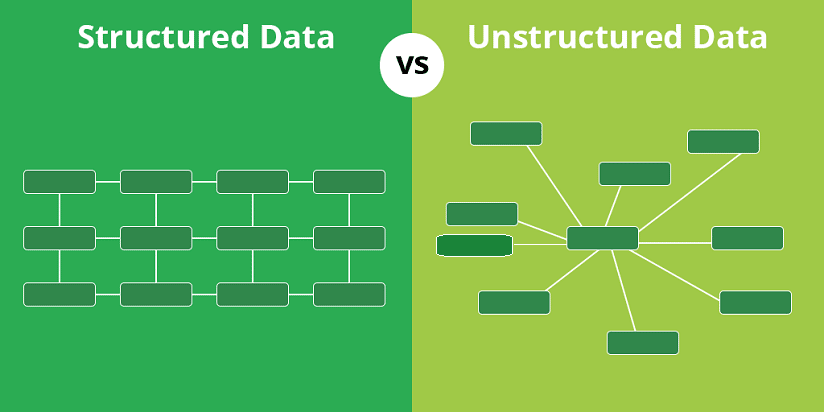A Brief Guide on Unstructured Text (Data)
We all have a basic understanding of the word “data” but many of us are unaware of all of the different types of data out there. And that’s not even getting started on the data within the data types! So, you have unstructured data, and then within this, you have unstructured text. Confused? Fear not – this is what we are going to explore in this article. Here we will delve into the definition of ‘unstructured text’ and look at some prime examples. Let’s get into it.
To Start Off, Let’s Define What “Unstructured Data” Is…
Data falls into multiple different categories: unstructured, structured, and semi-structured. But what do each of these mean? Well in basic terms, unstructured data does not follow a predefined format. Therefore, it can vary massively, from audio files to video, or even text. On the other hand, structured data follows a standardized format with an (often complicated) set structure. It can often revolve around numbers, value and spreadsheets. Semi-structured data is a combination of the two – it can have some order that relates to structured data, but it also includes other data such as imagery. For example, XML is semi-structured data.
What Does “Unstructured Text” Mean?
A lot of unstructured data is textual, such as emails or surveys. Due to the nature of it, this kind of data is not as predictable as the structured kind that follows tighter formatting “rules”. The amount of unstructured text in the world is endless and each day this is multiplied, whether it’s through business communications or social media chats, to name a few examples. For information on extracting information from unstructured text, click the link for more.
How is Unstructured Text Used?
Unstructured text can be used in multiple different ways. For instance, it could be used when assessing customer conversations with businesses. This kind of data can be difficult to narrow down though as it’s so broad. What we mean by this is, if the data is gathered through a source that is not set answers (such as multiple choice questions) then the possible outcomes are open and can therefore be vast.
Text Classification
This data can be harder for computers to read when it’s not necessarily black and white – but modern technology is developing to get a better grasp on this open text data source. This process is called text classification, text categorization or text tagging. It is designed to pick up on certain patterns and linguistic rules as a way of analyzing unstructured text data. For example, this method could decipher certain words, along with synonyms, to differentiate the overall consensus. This could be applied when it comes to restaurant reviews, to come to the conclusion of whether the majority are positive or negative.
Hopefully, this guide has given you more of a grasp on what unstructured data and unstructured text is. It’s something that we are all familiar with and it can be highly valuable for businesses and authorities to delve into. The trouble is trying to analyze it in mass proportions, as efficiently as possible!


























